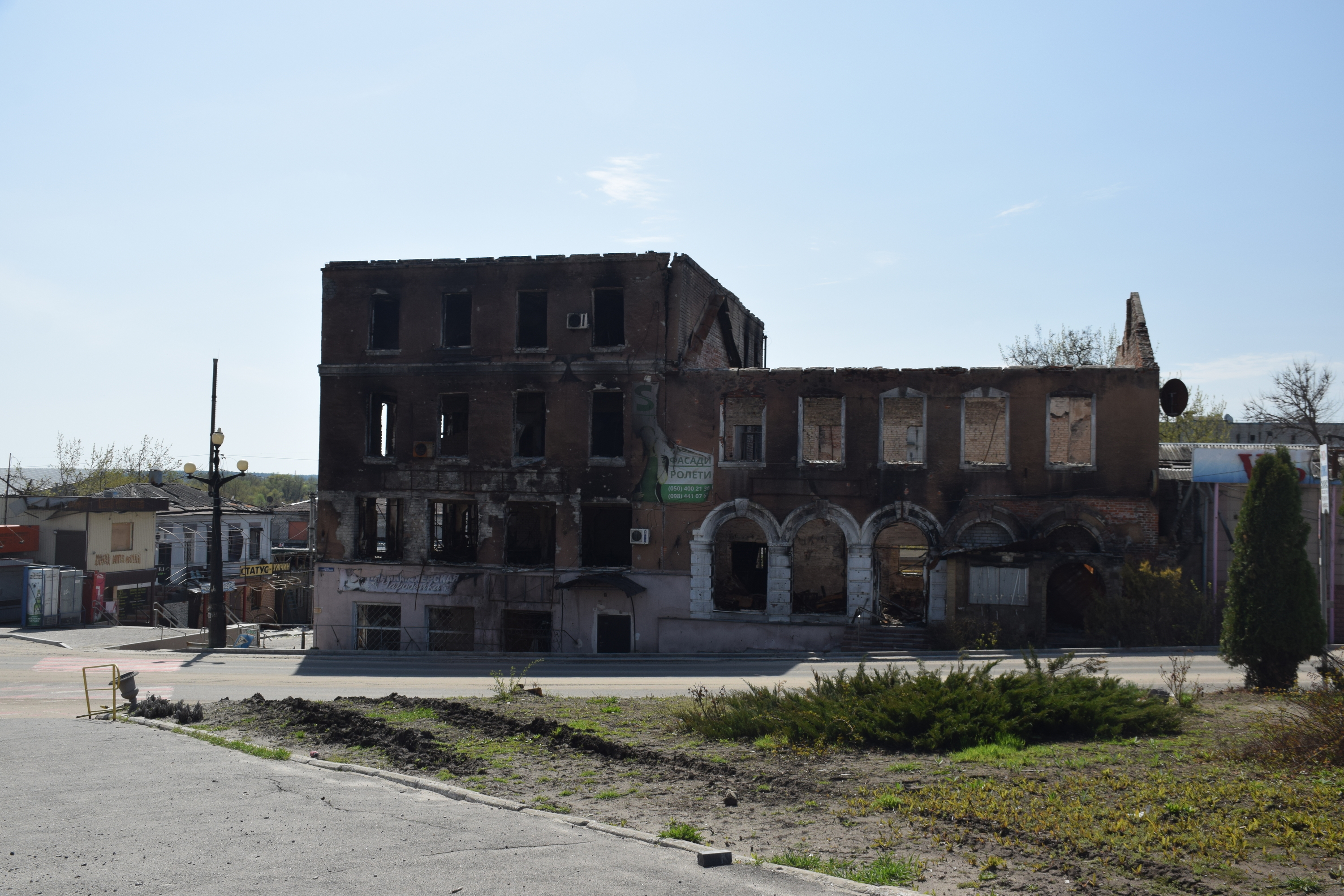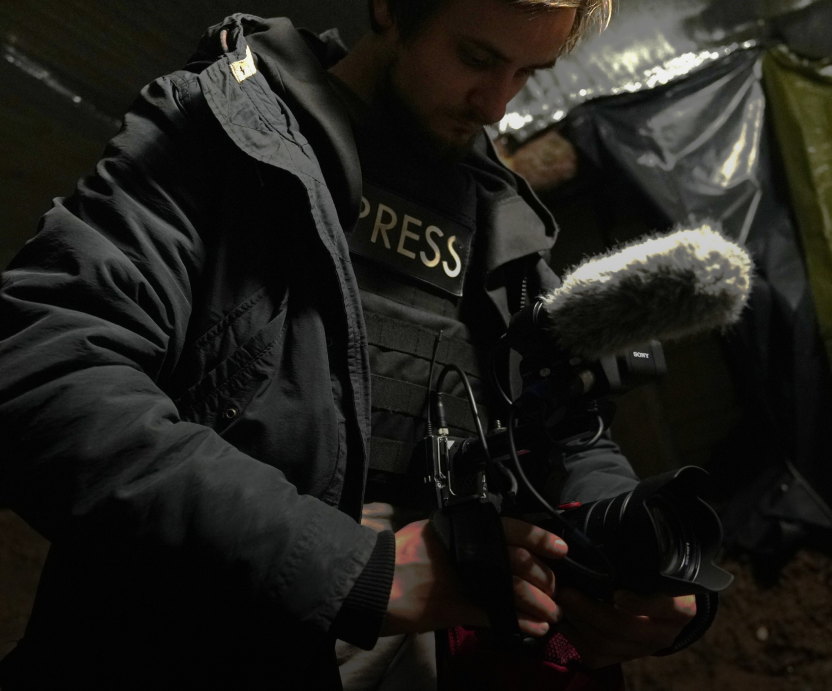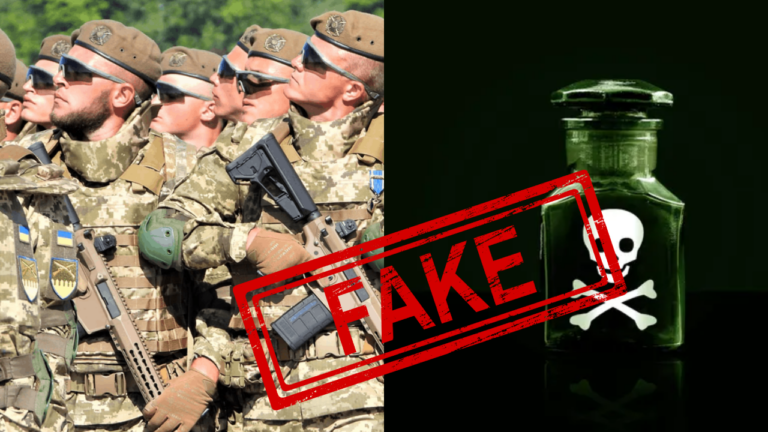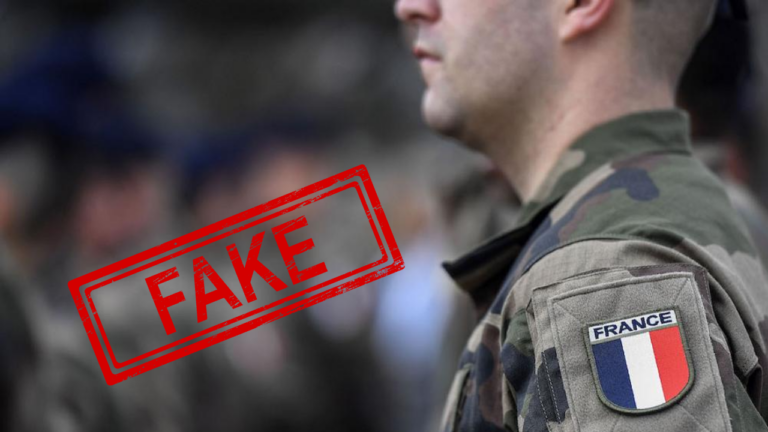On 30 April, the Russians continued to shell the border settlements of Kharkiv, Chuhuiv, Izium and Kupiansk districts of Kharkiv Oblast. Day 432 of the Russian full-scale military aggression against Ukraine has begun.
General Staff of the Armed Forces of Ukraine
In particular, Russian troops fired at:
Chervona Zorya, Vetarine, Strilecha, Hlyboke, Krasne, Vovchansk, Chernyakove, Loshakove, Kamyanka, Krasne Pershne, Novomlynsk, Dvorichna, Lyman Pershne, Kyslivka, Berestove.
Kharkiv RMA
In Kupiansk, artillery damaged a medical facility, a five-story building and about 14 households. A medical vehicle was destroyed. In the village of Bohuslavka, Izium district, a private house and an outbuilding were damaged. No casualties were reported.
What is BM-21 Grad?
Developed in the 1960s, the BM-21 Grad has become the most numerous and widely-deployed multiple-launch rocket system (MLRS) in the world. Given that a single launcher can fire a full salvo of 40 122 mm rockets over a wide area in under 20 seconds, the name ‘Grad’ – the Russian word for ‘hail’ – is fitting. The Grad’s simple design and ability to distribute a large explosive payload in a short space of time has led to it being heavily adopted, copied, and adapted over the past 60 years.
For a 122 mm MLRS system, random errors account for a deviation from the target of 110 m x 180 m, whilst systematic errors will account for a deviation of 120 m x 240 m. As a result, errors are likely to account for a total area of 160 m x 300 m, meaning a rocket could land either 80 m in front or behind its target, or 150 m to either side. Clearly, when such weapons are used in or against populated areas, the risk of civilian harm is immense.
State emergency service
Mine clearance continues: over the past day, bomb squads have defused 19 explosive devices. However, the mine danger is still high.
See also
- Kupiansk says goodbye to the museum staff killed by a Russian missile. The funeral for the victims of the Russian missile attack took place at the central cemetery.
- The Russian military most often tortures people in the occupied territories with electric shocks and beatings. Former military personnel, anti-terrorist operation participants, volunteers, civil and political activists, government officials, and entrepreneurs are usually tortured.




